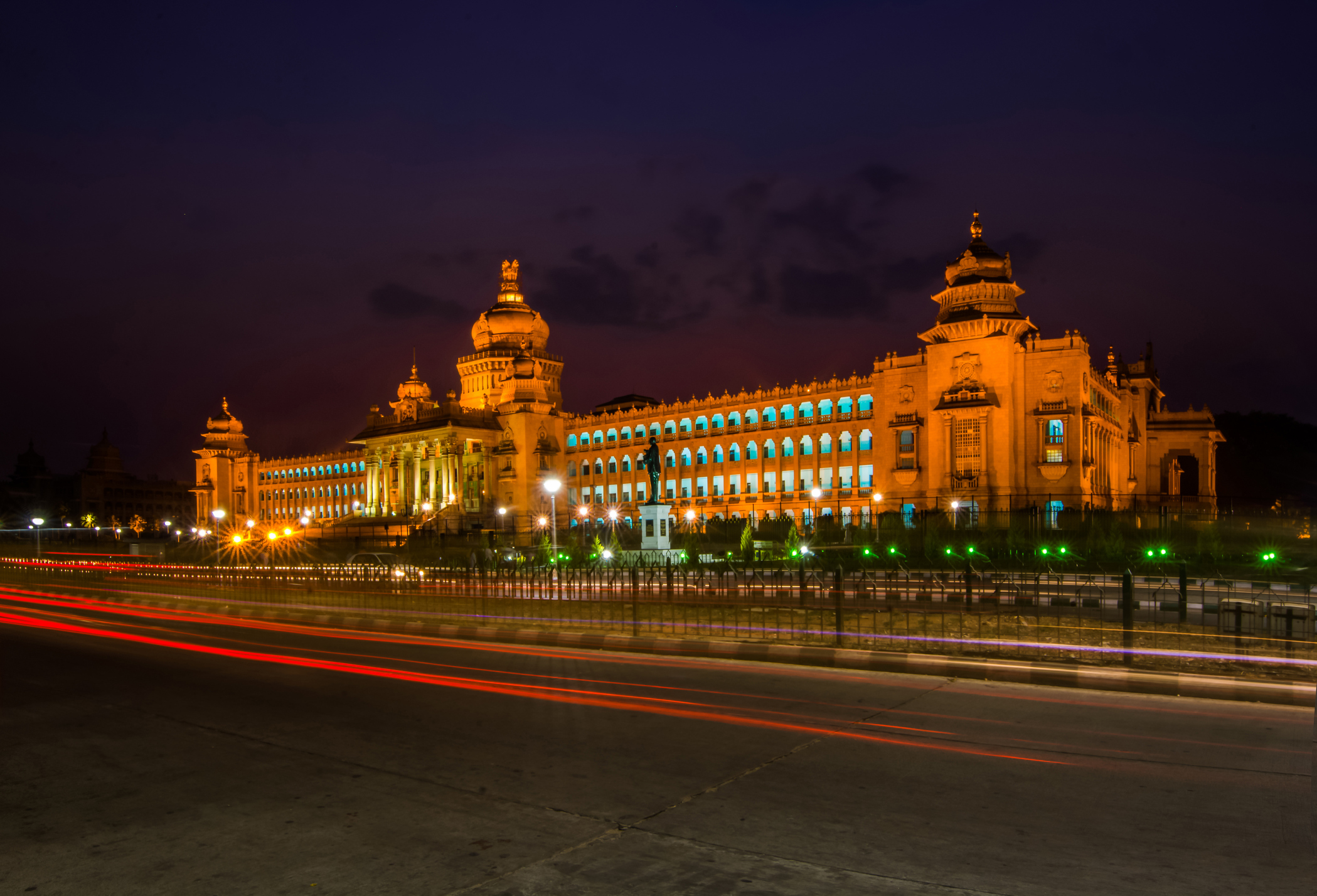
There is a compelling need to develop sustainable and technology-driven urban centres, partly as the burgeoning urban population is creating pressure on existing cities and partly to address the growing aspirations of a large neo-middle class that is emerging in the tier-I and tier-II towns in India. As per the Concept Note for Smart Cities, the urban population being around 31 percent of the total population contributes over 60 percent to India’s GDP. It is projected that urban India will contribute nearly 75 percent of the national GDP in the next 15 years. Therefore, with an urban population of 31 percent, India is at a point of transition where the pace of urbanisation is expected to speed up. It is in this context that it becomes critical to plan the urban landscape in a way that is efficient, smart and fosters economic growth.
Missions for urban renewal launched
Kick-starting the urban reforms, the government of India on June 25, 2015 launched the below schemes for improving the urban landscape:
- ‘Smart Cities Mission’ for 100 cities with an outlay of INR480 billion
- ‘Atal Mission for Rejuvenation and Urban Transformation’ (AMRUT) for 500 cities with outlays of INR500 billion
- ‘Housing for All by 2022’
Below are the highlights of newly launched missions.
Smart Cities Mission
Under the Smart Cities Mission, a smart city aspirant will be selected through a city challenge competition intended to link financing with the ability of the cities to perform to achieve the mission objectives. Under the smart cities initiative, focus will be on core infrastructure services such as adequate and clean water supply, sanitation and solid waste management, efficient urban mobility and public transportation, affordable housing for the poor, power supply, robust IT connectivity and e-governance. The smart cities would be developed by an SPV to be created for each city, and state governments will ensure steady stream of resources for such SPVs.
Atal Mission for Rejuvenation and Urban Transformation (AMRUT)
This mission will be implemented in cities and towns each with a population of one hundred thousand and above and will also include some cities situated on stems of main rivers, a few capital cities and important cities located in hilly areas, islands and tourist areas. It adopts a project approach to ensure basic infrastructure services relating to water supply, sewerage, storm water drains, transport and development of green spaces. Implementation of this mission will be linked to promotion of urban reforms such as e-governance, constitution of professional municipal cadre, devolving funds and functions to urban local bodies, review of building bye-laws, improvement in assessment and collection of municipal taxes, credit rating of urban local bodies, energy and water audit and citizen-centric urban planning.
The central assistance towards AMRUT will be to the extent of 50 percent of project cost for cities and towns with population of up to 1 million and one-third of the project cost for those above 1 million. This amount will be released in three instalments in the ratio of 20:40:40, based on achievement of milestones indicated in state annual action plans.
Housing for all by 2022
This project will disburse about INR3000 billion in the next seven years for construction of 20 million affordable houses in urban areas for slum dwellers, low income groups and economically-weaker sections. An interest subsidy of 6.5 percent on housing loans with 15 years tenure will be provided under this scheme.
Funding options
The nodal agency for the smart city project is the Ministry of Urban Development, Govt. of India, besides the state government and the Urban Local Bodies being other key participants. The government continues to look for other sources of funding besides the budgetary allocation and it is already in advanced talks with the governments of United States, Spain, France, Germany and Sweden for the development of smart cities.
Conclusion
With various countries and large corporations evincing interest in India’s smart cities, these are exciting times for all the stakeholders. India being what it is with its myriad complex political, social and environmental realities, it is advisable that the foreign investors assess the regulatory, tax and other risks involved in such projects before making a foray into India.
|































